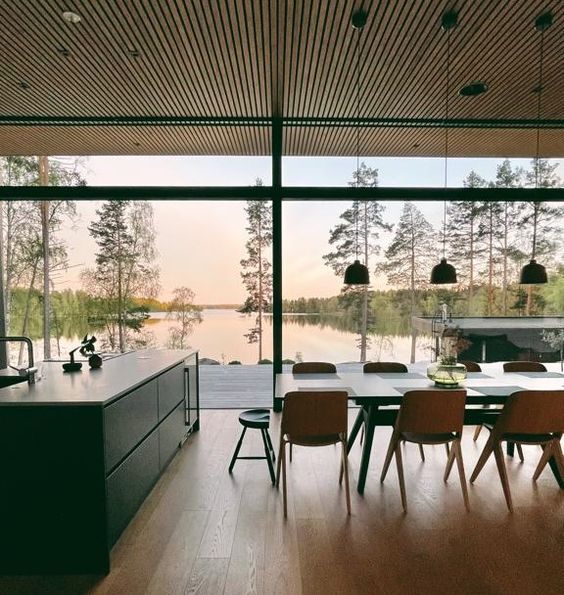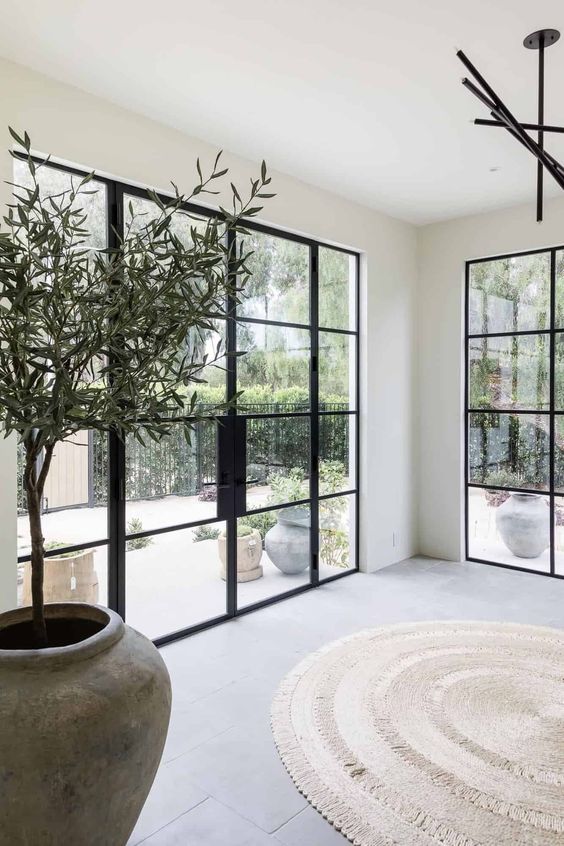Natural lighting is a crucial element in interior design, and its importance cannot be overstated. Here are some reasons why natural lighting is considered an essential aspect of interior design
Enhances Aesthetics: Natural light brings out the true colors and textures of the elements in a space, making the interior design look more vibrant and appealing. It can highlight architectural features, artwork, and furnishings, creating a visually pleasing atmosphere.
Mood and Well-Being: Exposure to natural light has a positive impact on human psychology and well-being. Sunlight stimulates the production of serotonin, which contributes to a person's happiness and overall mood. As a result, spaces with abundant natural light tend to feel more inviting, uplifting, and comfortable.
Visual Comfort and Task Performance: Proper natural lighting reduces eye strain and discomfort, making it easier to perform various tasks, such as reading, working, or cooking. It also helps to reduce the reliance on artificial lighting during the day, which can lead to energy savings
Spatial Perception: Natural light creates a sense of openness and spaciousness in a room. Rooms that are well-lit with natural light appear larger and more welcoming than poorly lit spaces, which can feel cramped and claustrophobic.

Connection to the Outdoors: Incorporating natural light into interior design connects the indoor space with the outside world. It allows occupants to feel more in tune with nature and the changing outdoor environment, providing a sense of harmony and tranquility.
Sustainability and Energy Efficiency: By maximizing the use of natural light during the day, artificial lighting requirements can be reduced, leading to lower energy consumption and decreased utility costs. This aligns with sustainable design principles and environmentally conscious practices.
Flexibility and Adaptability: The intensity and direction of natural light change throughout the day and across seasons. This dynamic lighting quality allows interior spaces to adapt to different moods, functions, and activities, providing a dynamic and ever-changing ambiance

Health Benefits: Exposure to natural light is associated with various health benefits, including better sleep patterns, improved Vitamin D synthesis, and increased circadian rhythm regulation. Incorporating natural light into interior design can contribute to occupants' overall health and well-being.
To make the most of natural lighting in interior design, it's essential to consider factors such as building orientation, window placement, the use of reflective surfaces, and the selection of window treatments that allow for light control when needed. With a well-thought-out design approach, natural lighting can significantly improve the overall quality and appeal of an interior space.












